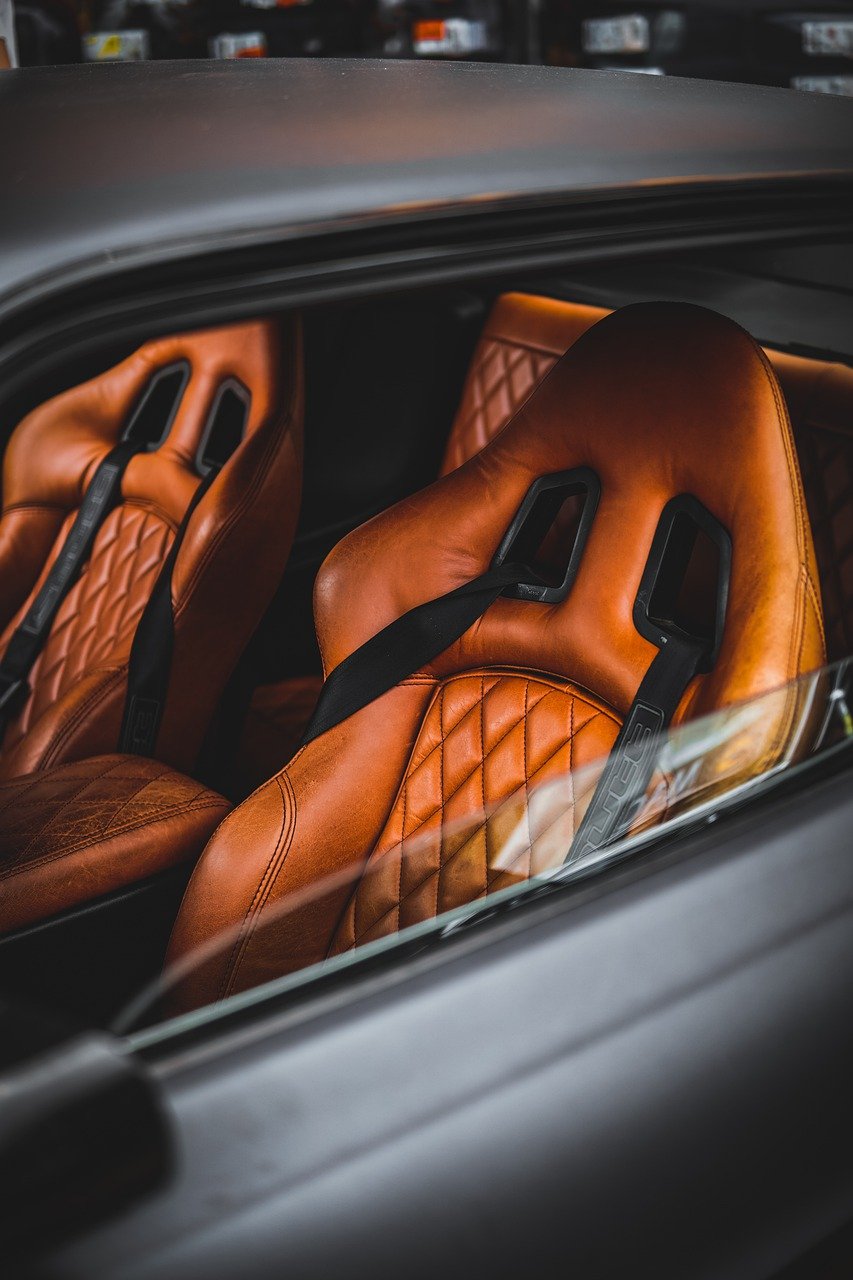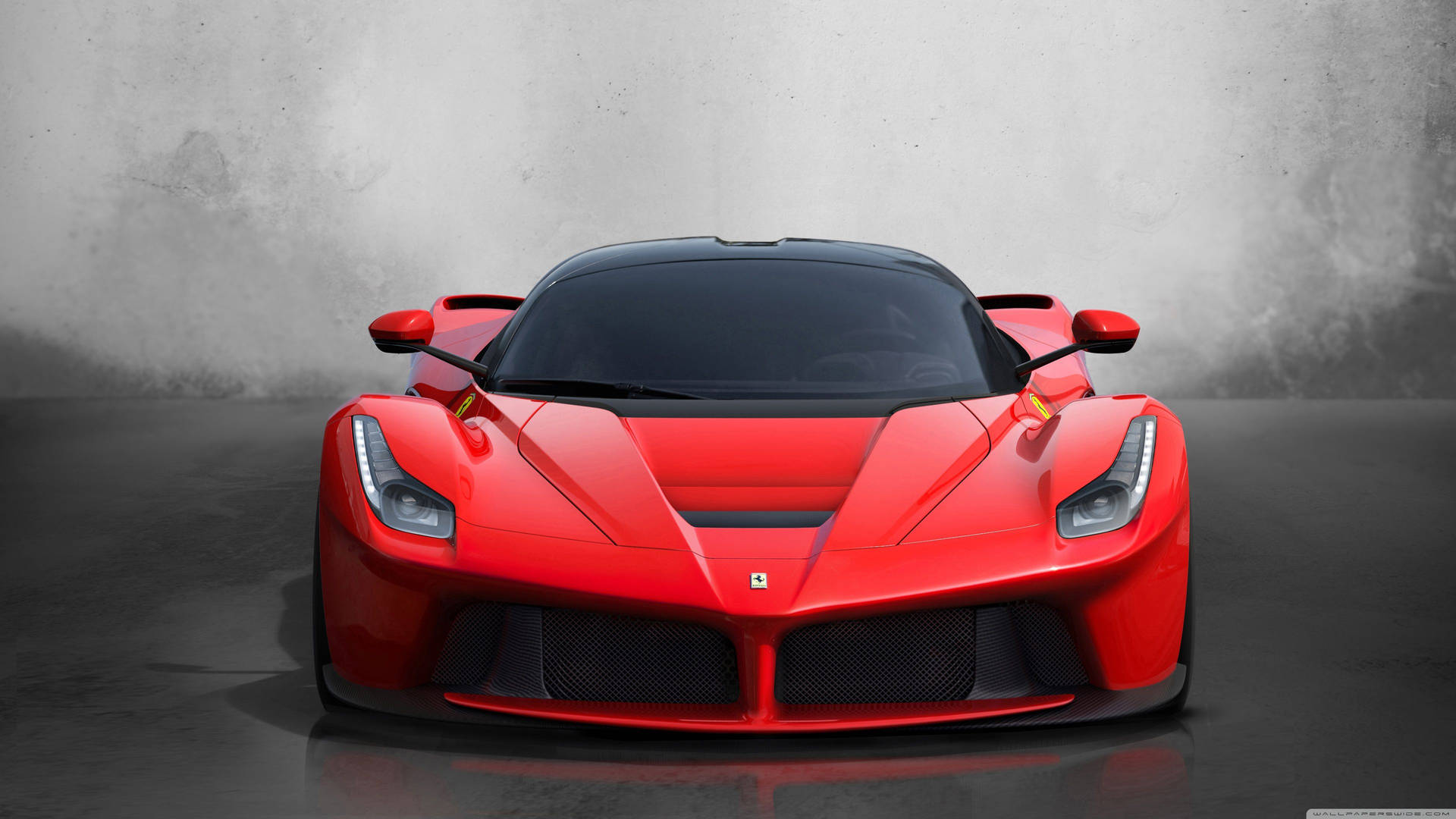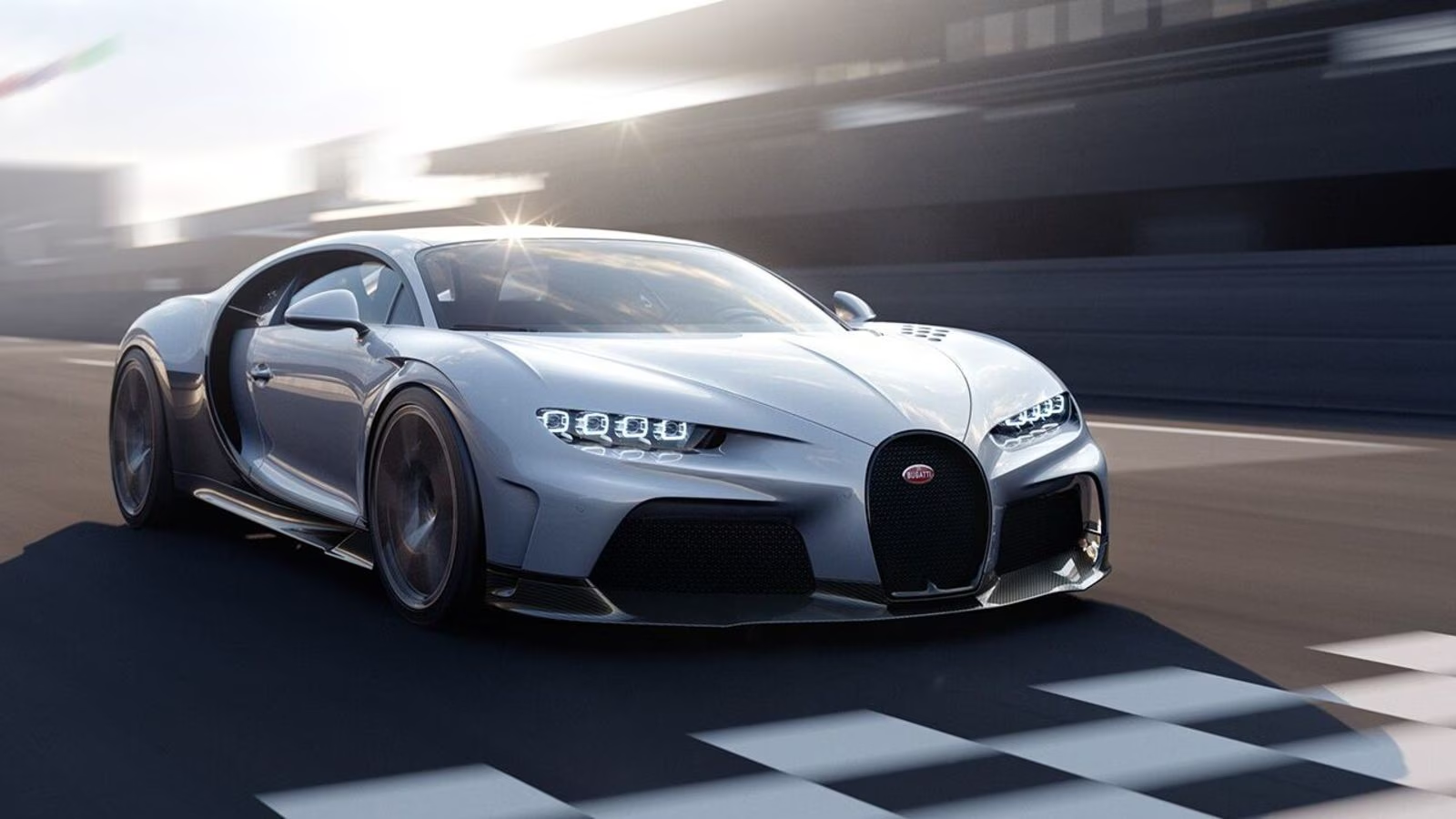A supercar is the one which epitomizes smooth designs, thumping engines, and unparalleled speed. They define a perfect manifestation of the absolute achievement of automobile engineering in such a way that it is more than just being a car; it is a perfection in innovation, luxury, and performance. Supercars represent an entire culture that speaks through the design that’s often too exotic and cuts-edge technology with imagination to mesmerize every car enthusiast and collector from any part of the globe. This blog discusses the history, characteristics, technological progress, and cultural implications of supercars, around 2,000 words.
A Short History of Supercars
The supercar can be traced back to the time when the first manufacturers began pushing the limits to make a better performance since the early years of the 20th century. There were only a few high-performance vehicles like Bugatti Type 35 and Mercedes-Benz SSK in the 1920s and 1930s. It is during the post-World War II period that the actual shape of the supercar is begun.
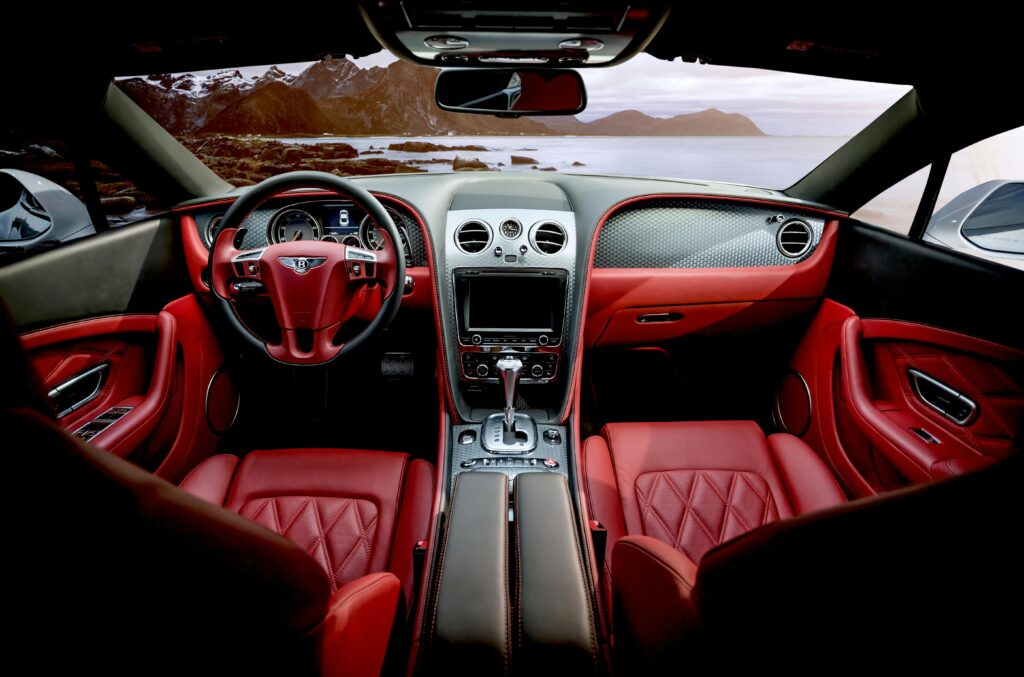
All was changed with the advent of the Lamborghini Miura in the 1960s. The Miura can well be described as the first real supercar in the world-the harmonious union of extraordinary beauty and tremendous performance combined in a mid-engined arrangement ushered Ferrari-the name that became synonymous with it and pushed it further into new, greater heights like the Ferrari 250 GTO and, subsequently, the Ferrari 365 GTB/4 Daytona.
This, in turn, made the manufacturers competitive during the 1980s as cars like Porsche 959, Ferrari F40, and Lamborghini Countach were displaying the car’s speed limits and how aerodynamic the car would be along with the technologies that came along. Further, the hypercars that emerged in the 1990s and 2000s, like the McLaren F1 and Bugatti Veyron, changed the very concept of cars when it came to the aspects of speed and luxury.
Key Super Car Features
Performance Unmatched
The hallmark characteristic of any supercar is performance. Supercars are equipped with an engine that provides high performance levels and sometimes exceed 500 horsepower. Nowadays, most modern supercars such as Bugatti Chiron and McLaren P1 exceed more than 1,000 horsepower, that propels them to over 250 mph.
- Exotic Design
Supercars are very easy to identify because of dramatic designs. Apparently, they are beautiful and aerodynamic as they are made with aggressive lines, low profiles, and styling elements that may be unique in its own right. Some of the brands that can be said to have bold and futuristic designs include Lamborghini and Pagani.
- Advanced Materials
These are lightweight, high-strength materials applied on the lightweight body and chassis of supercars such as carbon fiber, titanium, and aluminum. In these materials, strength is bonded with the lightest possible weight. Enhanced performance and efficiency couple up with superior strength in these lightweight materials.
- Latest Technology
These are some of the most frontline cars in the world that come with advanced driver aids as well as adaptive suspension systems. Today, most high-performance supercars come with either hybrid or fully electric powertrains, advanced aerodynamics, and the latest in infotainment systems.
- Exclusivity and luxury
It is quite exclusive because only a few units exist. The supercars are made of rich interiors. Materials that include leather, Alcantara, and personal finishes characterize it. Paint color to stitching patterns will depend on the requirements and choices available to the customer.
Technological Innovation of Supercar
- Hybrid and Electric Powertrain
The hybrid push has birthed hybrid and electric supercars. Cars such as this bring together the Big Companies’ electrification with old high-performance characteristics: Ferrari SF90 Stradale, McLaren Artura, and Rimac Nevera. Electric motor brings instant torque to the table, which will also help in improving acceleration and efficiency.
- Active Aerodynamics
Most active aerodynamic elements for supercars are treated with deployable spoilers and diffusers. These help maximize airflow in order to improve downforce at the expense of drag, or in other words, to enhance stability at ridiculously high speeds. The most notable include the Porsche 911 Turbo S and the Koenigsegg Jesko.
- ADAS
While built to focus on performance, safety is never sacrificed. The latest models use advanced driver assistance technologies, such as adaptive cruise control, lane-keeping assistance, and collision avoidance, hence bringing the best balance between performance and usability.
- Lightweight Construction
The manufacturers have, until now, resorted to lightweight construction in order to minimize weight with no sacrifice on either safety or performance. Monocoque chassis, which consists of carbon fiber and aluminium, is one of the most common applications of supercars.
- Connectivity and Infotainment
The raw power of the super cars has transformed to better and improved systems with high-end infotainment. Touch screens and smartphone interfaces among others become add-ons for a better driving experience. Even Ferrari and Lamborghini can now couple these cars with AI-based systems in order to provide instant performance measurements.
Iconic Supercar Models
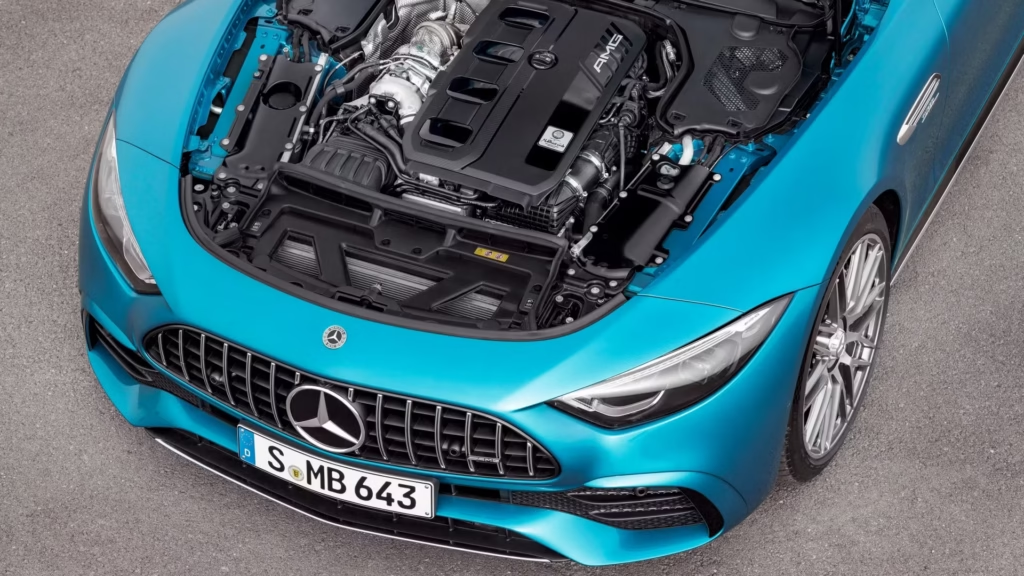
- Bugatti Veyron and Chiron
The Bugatti Veyron was the yardstick with its four turbocharged W16 engine to reach 253 mph when it came out in 2005. However, Bugatti could cut through the boundary when it created the Bugatti Chiron that had 1,479 horsepower with the ability to surpass 261 mph.
- Ferrari LaFerrari
A hybrid masterpiece, Ferrari LaFerrari gives a combination of V12 and electric motor totaling 950 horsepower. It is just awesome, advanced aerodynamics, a collector’s piece to look at.
- Lamborghini Aventador
Raw power characterizes the designs of Lamborghini Aventador, which roughly reflects raw performance, that’s how it aggressively shows off. The naturally aspirated V12 engine promises very exhilarating performance, even with scissor doors and the whole angularity and instantly recognizable designs. - McLaren F1
No doubt, the McLaren F1 is one of the most stunningly beautiful supercars ever made. It was initially released in 1992 and has the capability to clock up to a top speed of 240 mph coupled with a three-seat design which, by the way marvels engineering.
- Porsche 918 Spyder.
The Porsche 918 Spyder is the unique plug-in hybrid supercar. There, an engine of V8 in combination with two electric motors exists. It makes it the most magnificent automobile in the history of this world in regard to its design and brilliant performance.
Cultural Significance of Supercars
To most of the world, of course, supercars are just cars. Really, though, these machines have reached an astounding ubiquity that rivals those in the celluloid medium that has seen so many movies and other popular forms of media. There are Fast and Furious films, video games Forza Horizon, and Need for Speed, and everyone knows what they’re talking about.
Owning a supercar is the epitome of success and wealth. Thousands throng Pebble Beach Concours d’Elegance and Goodwood Festival of Speed just to catch a glimpse of these marvels of engineering.
Prospects and challenges of supercars are on an upward curve following such change in the auto industry towards a sustainable future. Electric and hydrogen-powered cars attract massive investment into the manufacturers. All-electric supercars are represented in the Rimac Nevera, Lotus Evija, and the Tesla Roadster 2.0.
Artificial intelligence and autonomous driving technologies also offer potential roles in developing the future supercar market. Purists may lament that such automated driving takes away from the drive; however, such features can equally well complement improvements in safety and convenience.
The better batter capabilities are developed, a more accessible network of recharging infrastructure will get the supercars to make that step into electric-only, and if done correctly, new solid-state battery technology will revolutionize this segment of electric supercars as a whole.
Conclusion
Supercars indeed reflect the ingenuity of the human mind and an ever-continuing pursuit for excellence. They perfectly depict the beautiful amalgamation of art, science, and passion inspiring millions of people around the globe. Whether it is the sound from a V12 engine, an aerodynamic on edge, or a super-luxurious interior, a supercar is in itself an experience.
With technology changing every day, supercars are destined to change as well. The future of supercars looks brighter than the present, with greater innovations in design and functionality to keep it performing at the peak of performance while remaining luxury personified. Indeed, car enthusiasts have fun riding these cars more than their performance.
